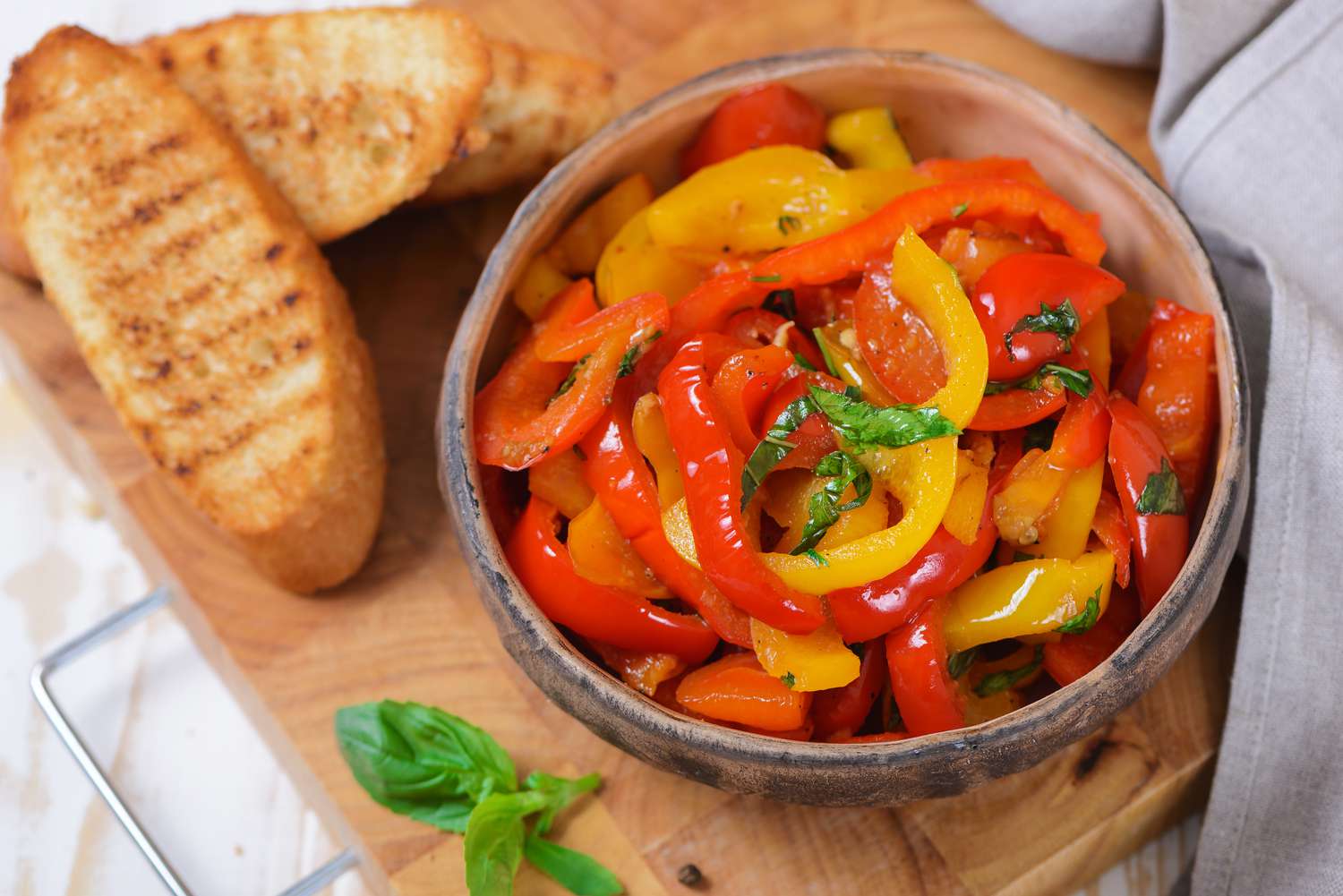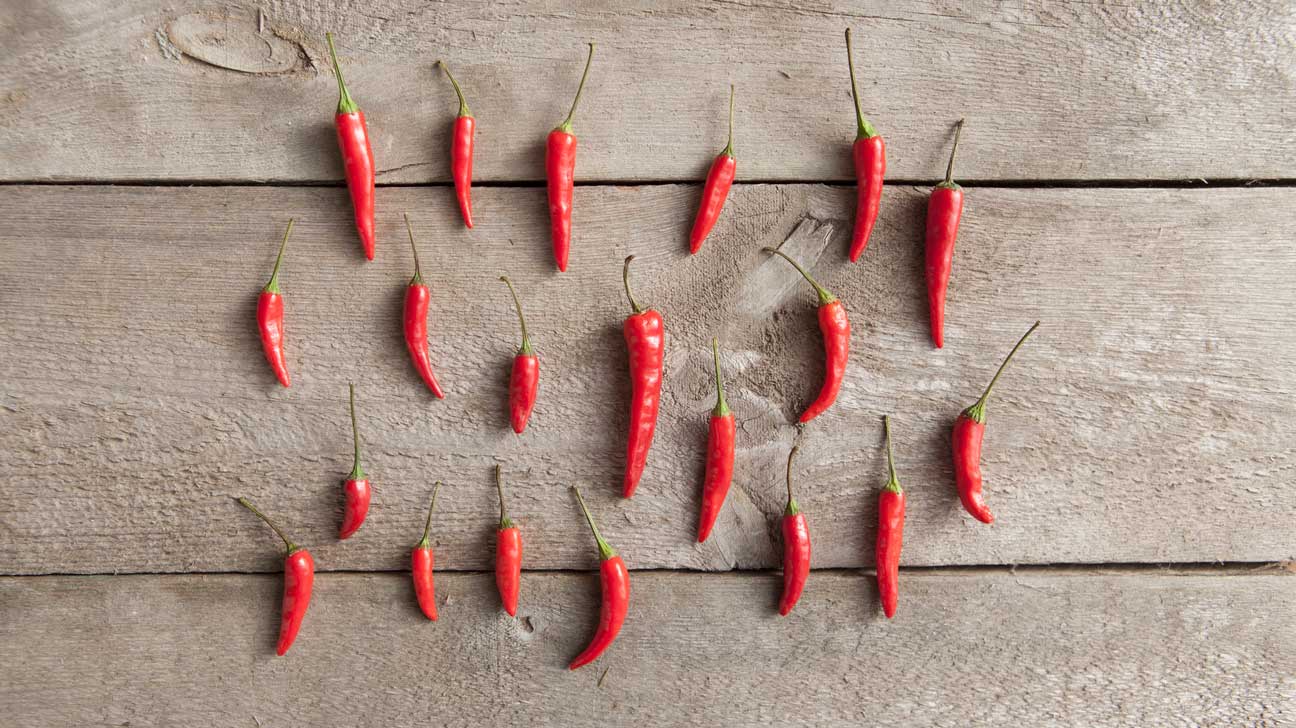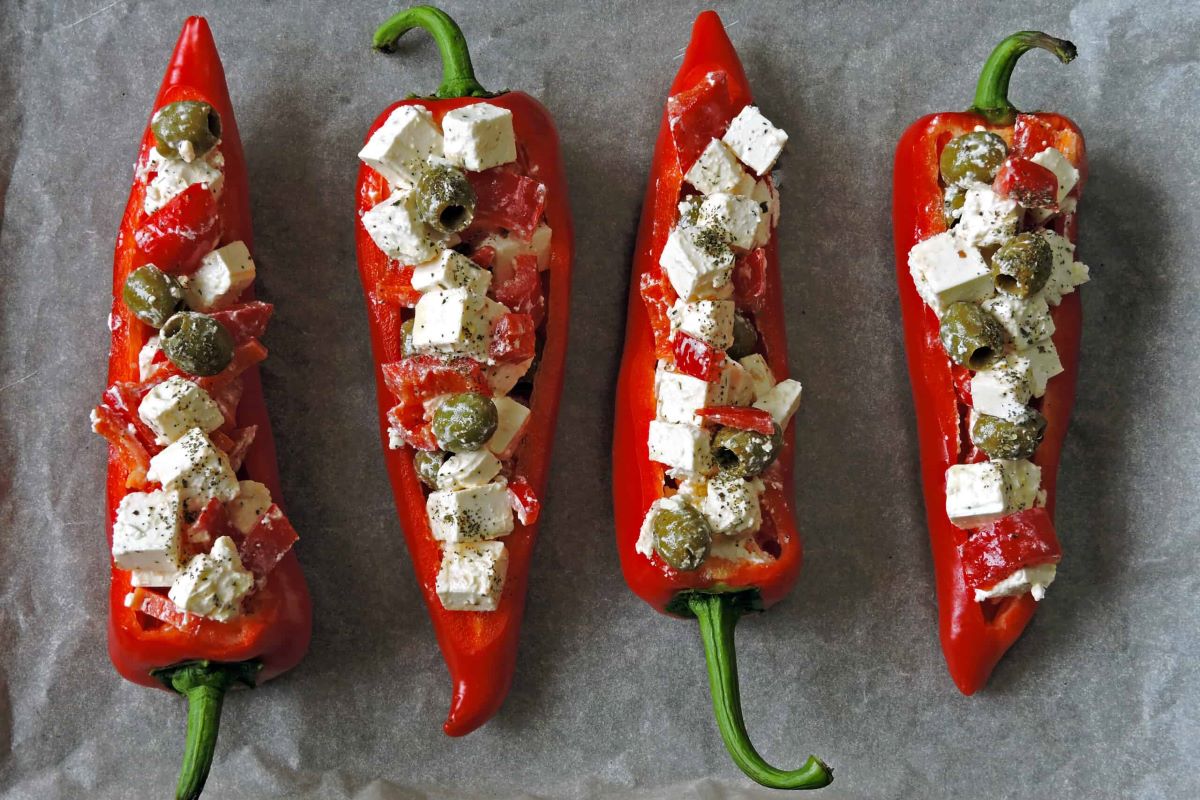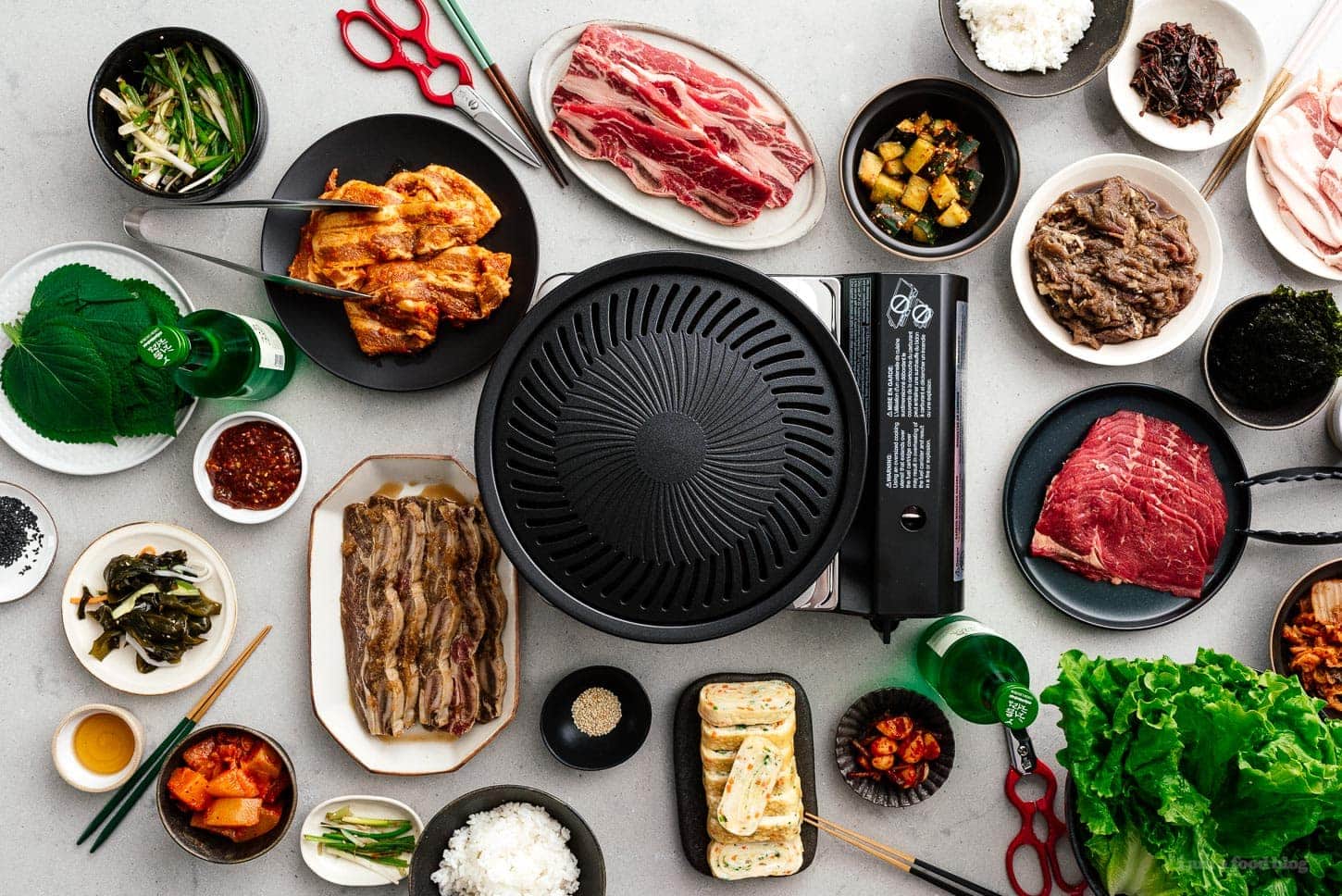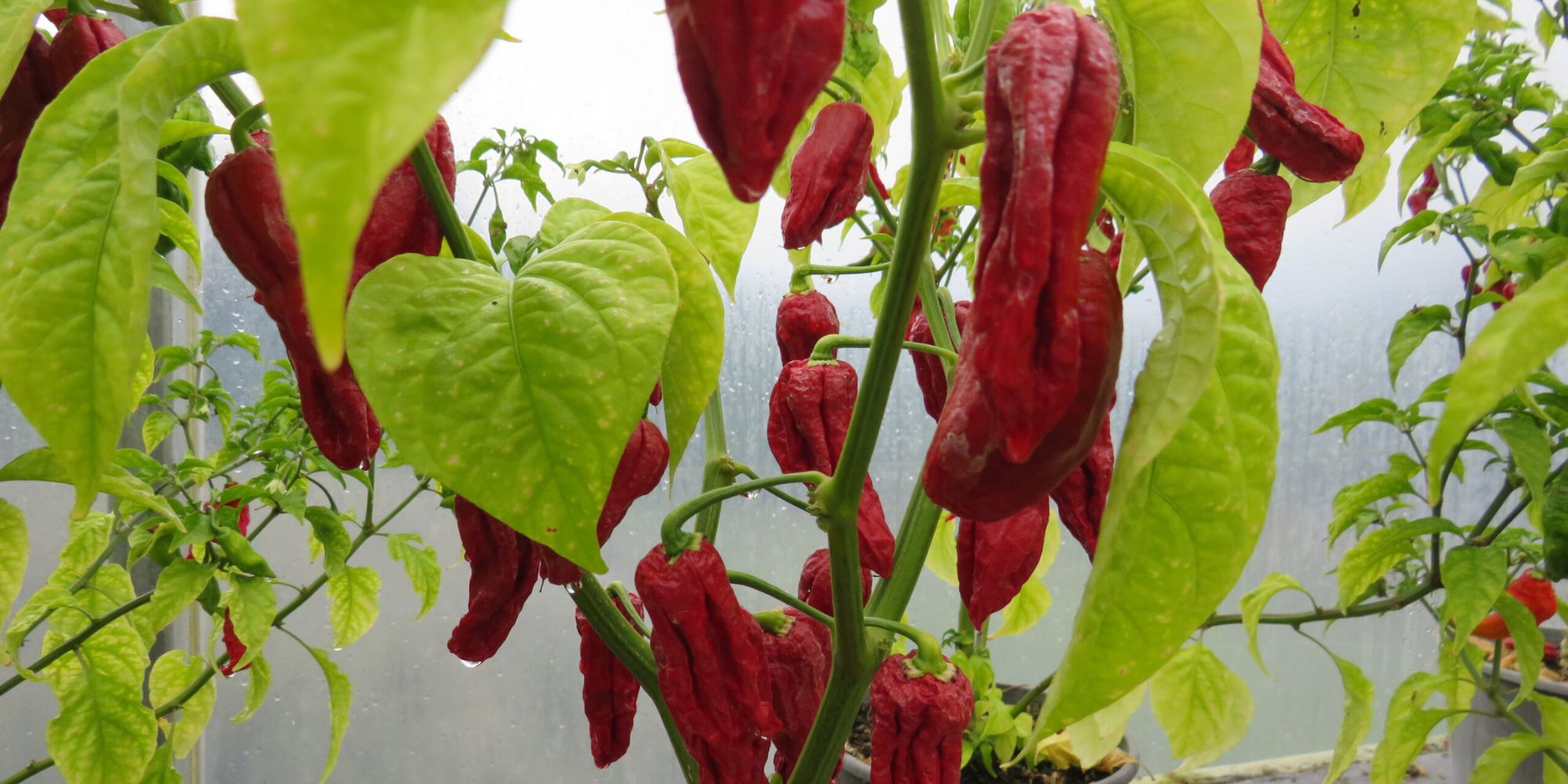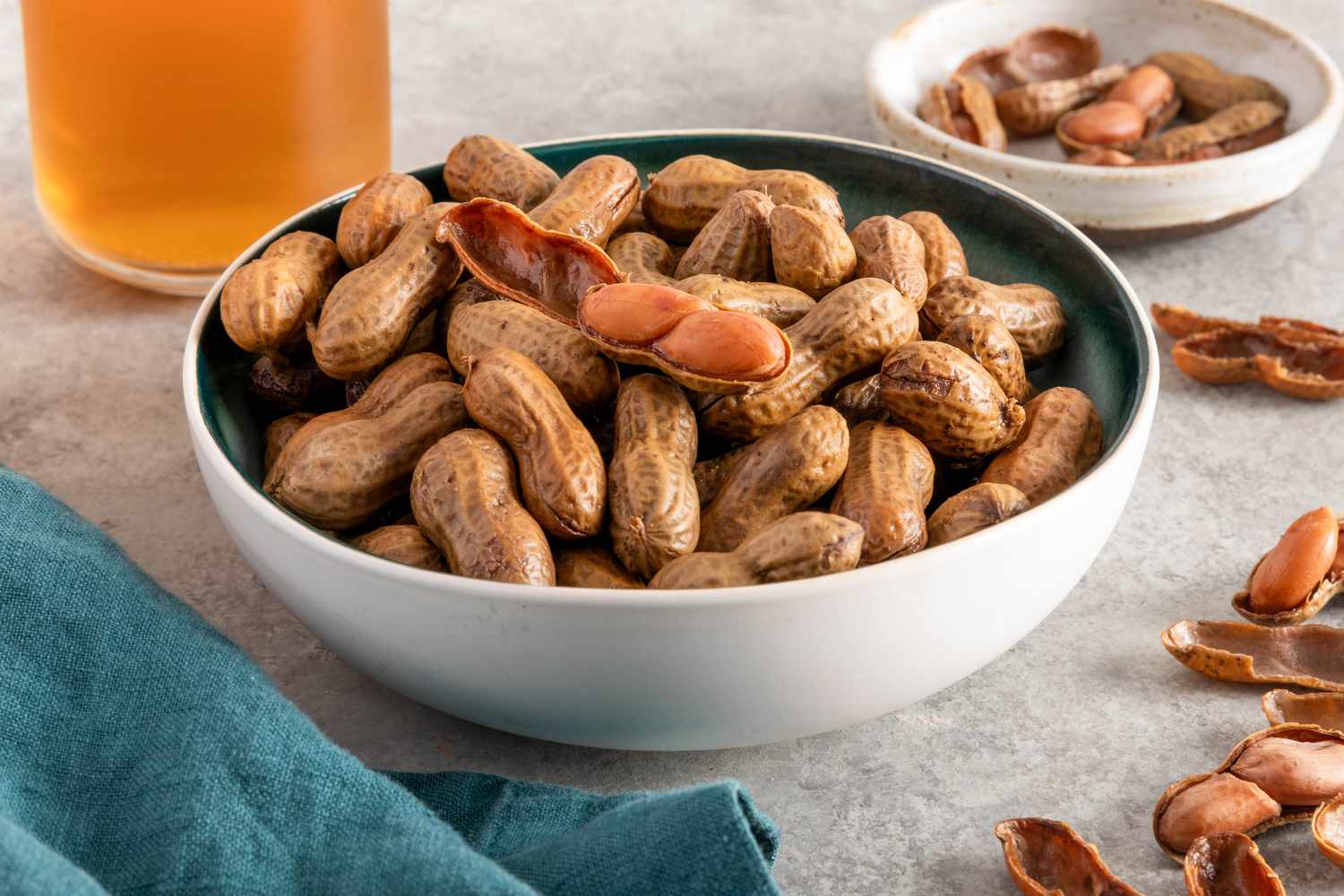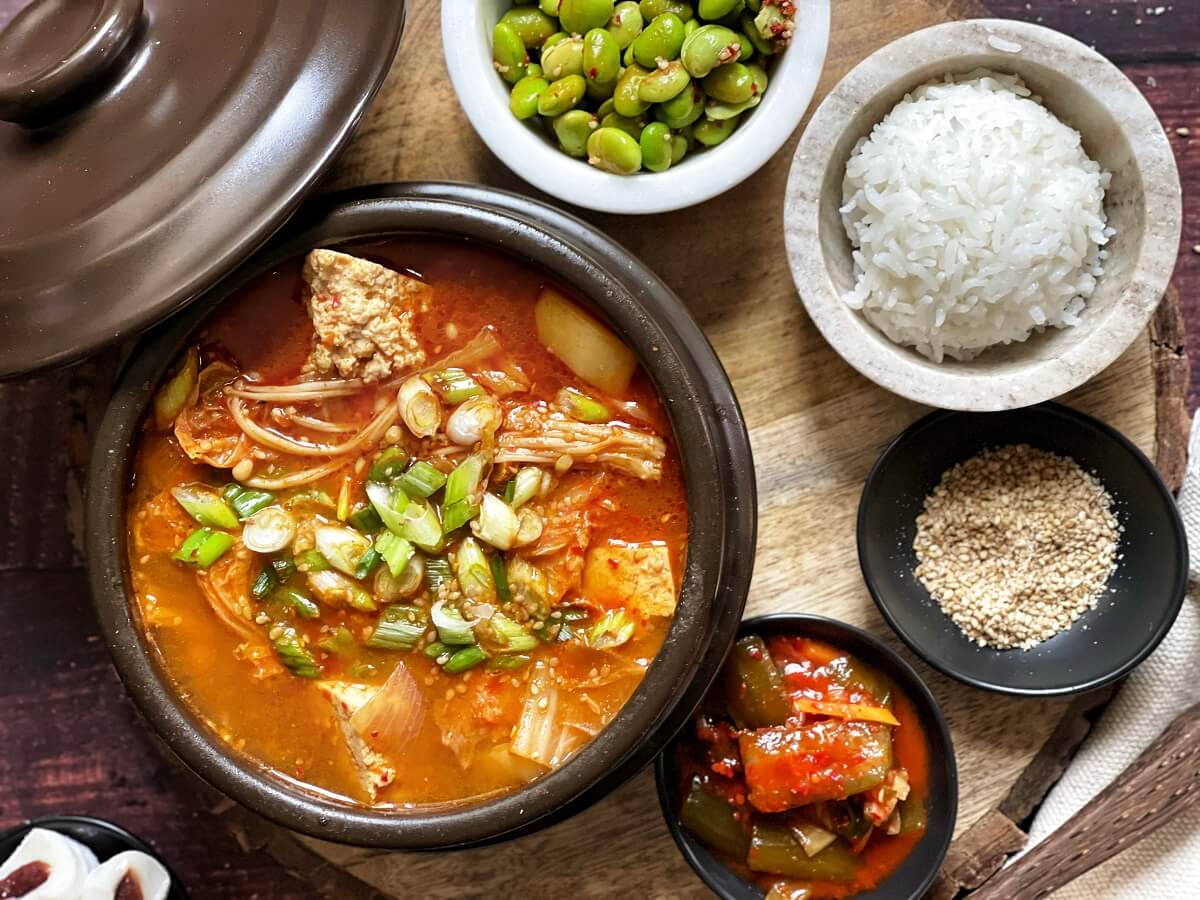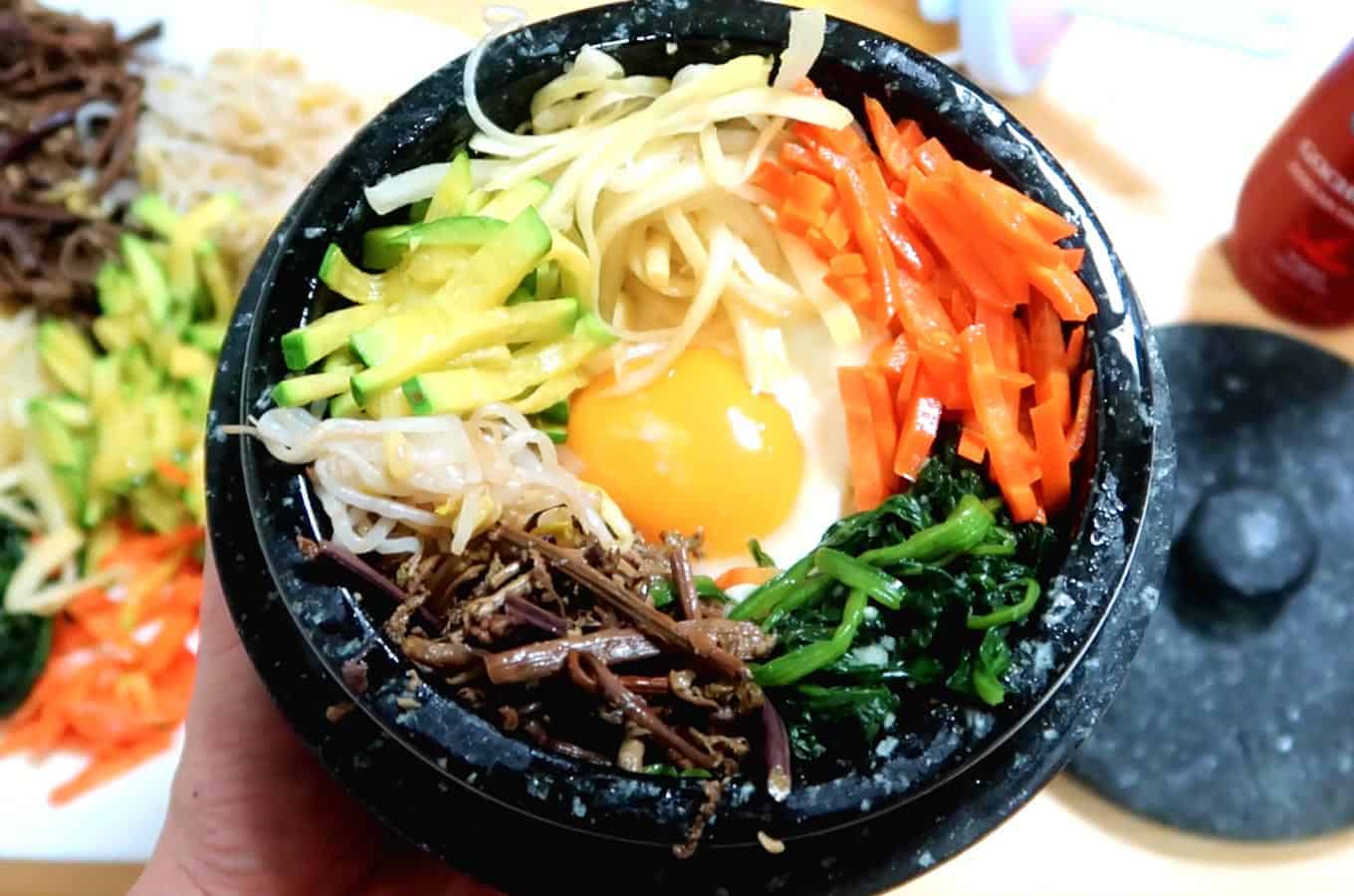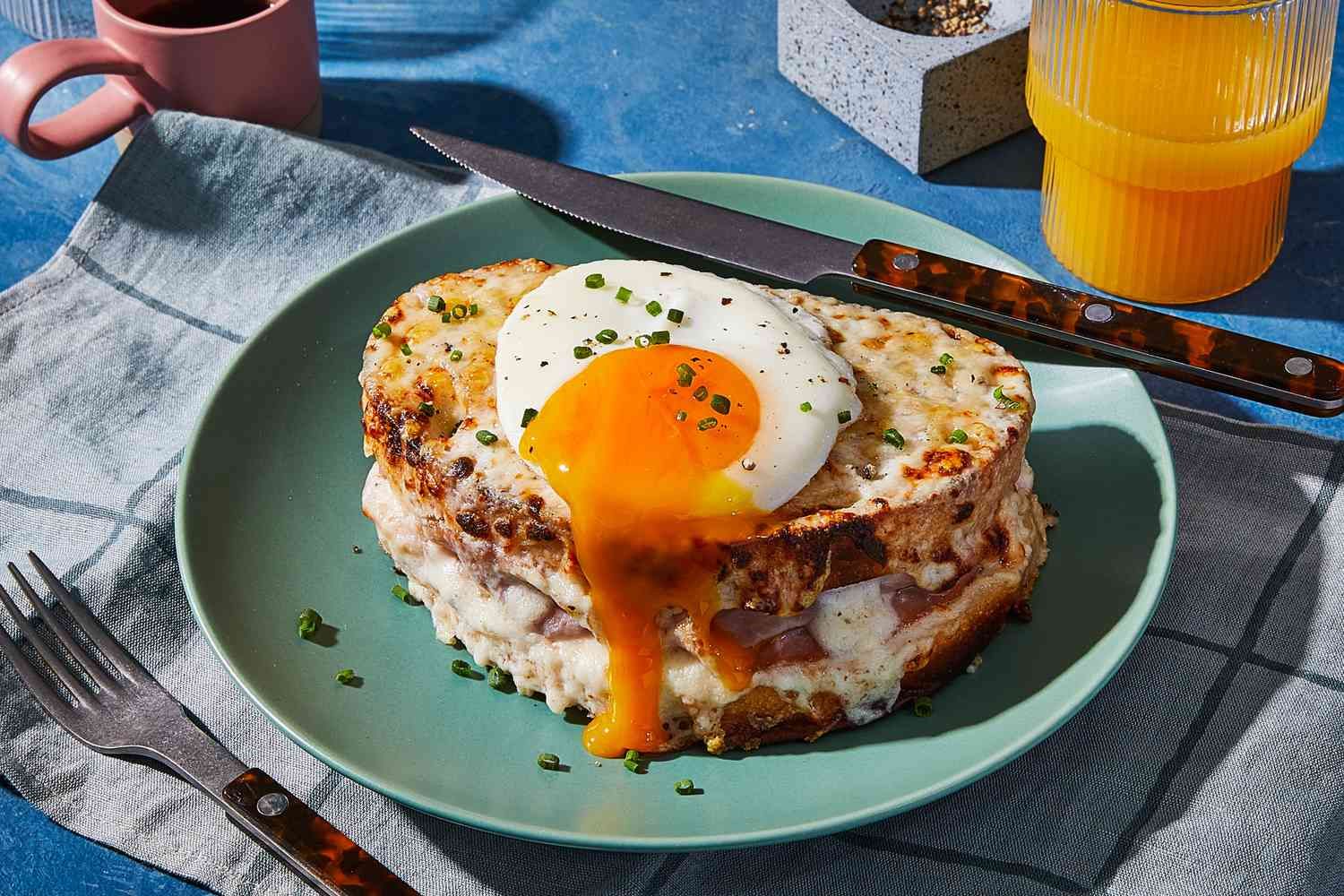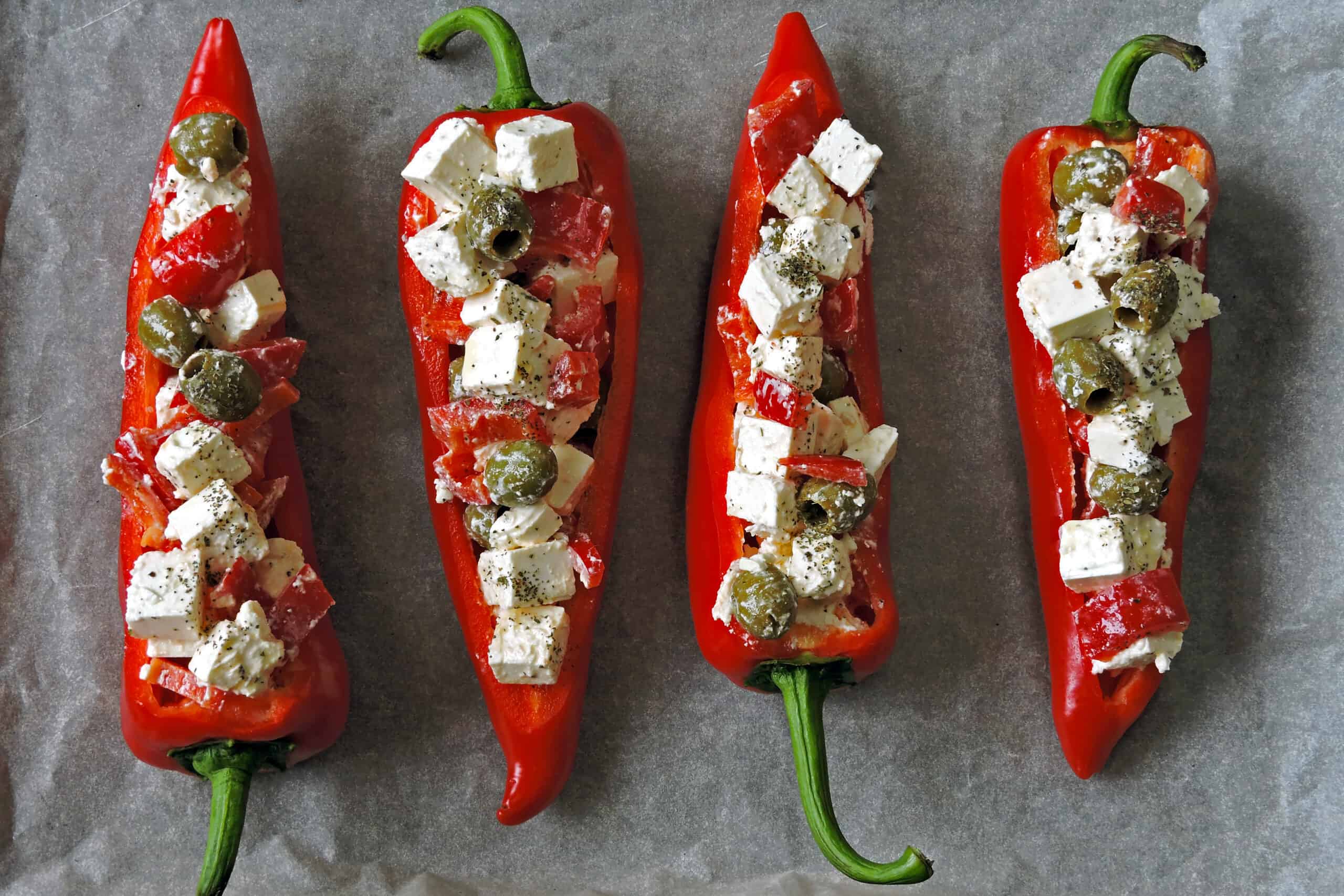Spice Up Your Life: A Beginner’s Guide to Eating Hot Peppers
Hot peppers are a staple in many cuisines around the world, adding a fiery kick to dishes and tantalizing taste buds. However, for those who are new to the world of spicy foods, eating a hot pepper can be a daunting experience. If you’re curious about how to incorporate hot peppers into your diet but aren’t sure where to start, fear not! This beginner’s guide will walk you through everything you need to know about eating hot peppers.
Choose the Right Pepper
Before diving into the world of hot peppers, it’s important to understand that not all peppers are created equal. Some are mild and sweet, while others are so spicy that they can bring tears to your eyes. If you’re new to eating hot peppers, consider starting with milder varieties such as bell peppers or banana peppers before working your way up to hotter options like jalapeños or habaneros.
Prepare Your Palate
When it comes to eating hot peppers, it’s essential to prepare your palate for the heat. One way to do this is by gradually increasing your tolerance to spicy foods. Start by incorporating small amounts of hot sauce or crushed red pepper flakes into your meals. Over time, your taste buds will become more accustomed to the heat, making it easier to handle hotter peppers.
Handle with Care
Hot peppers contain a compound called capsaicin, which is responsible for their fiery heat. When handling hot peppers, it’s crucial to take precautions to avoid getting the capsaicin on your skin or in your eyes. Wear gloves when cutting or handling hot peppers, and be sure to wash your hands thoroughly afterward to prevent any accidental contact with sensitive areas.
Ways to Eat Hot Peppers
There are numerous ways to incorporate hot peppers into your diet, depending on your personal preferences and tolerance for spice. Here are a few popular methods for enjoying hot peppers:
- Raw: Some brave souls enjoy eating hot peppers raw, either on their own or as part of a spicy salad or salsa. If you’re new to eating hot peppers, this method may be a bit intense, so proceed with caution.
- Cooked: Hot peppers can be added to stir-fries, soups, stews, and other cooked dishes to infuse them with a spicy flavor. Cooking hot peppers can mellow out their heat, making them more palatable for those who are sensitive to spice.
- Pickled: Pickled hot peppers, such as jalapeños or banana peppers, are a popular condiment that can add a tangy kick to sandwiches, tacos, and more. Pickling hot peppers can also help to tame their heat.
- Sauce: Hot pepper sauces, such as sriracha or Tabasco, are a versatile way to add heat to a wide variety of dishes. You can drizzle hot sauce on eggs, pizza, tacos, and more to give your meals an extra punch of spice.
Handling the Heat
So, you’ve taken the plunge and eaten a hot pepper. Now what? If you find yourself struggling with the heat, there are a few strategies you can use to help soothe the burn:
- Drink milk: Dairy products contain casein, a protein that can help to neutralize the effects of capsaicin and provide relief from the heat.
- Eat bread or rice: Starchy foods like bread and rice can help to absorb the capsaicin and lessen the burning sensation in your mouth.
- Stay hydrated: Drinking water can help to wash away the capsaicin and provide temporary relief from the heat.
- Give it time: In most cases, the burning sensation from eating a hot pepper will subside on its own within a short period of time.
Experiment and Enjoy
As with any new culinary adventure, the key to enjoying hot peppers is to experiment and find what works best for you. Start with milder peppers and gradually work your way up to hotter varieties as your tolerance for spice grows. Whether you enjoy hot peppers raw, cooked, pickled, or in sauce form, there are countless ways to incorporate them into your meals and add a fiery kick to your culinary creations.
So, don’t be afraid to spice up your life and embrace the world of hot peppers. With a bit of caution and a sense of adventure, you’ll soon discover the joy of adding a little heat to your favorite dishes.
